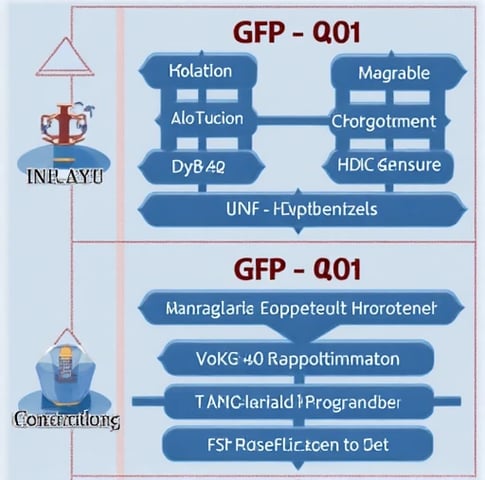Raymond Brumfield


Greetings! I am Raymond Brumfield, a solutions architect and technical strategist with over a decade of experience in advancing AI compute infrastructure. My expertise lies at the intersection of quantum-classical hybrid cloud systems and edge AI chip design, two pillars reshaping the future of scalable, energy-efficient AI deployment. Below, I outline my contributions, vision, and the transformative potential of these technologies.
1. Quantum-Classical Hybrid Cloud: Bridging Paradigms
My work focuses on integrating quantum computing resources with classical cloud infrastructure to accelerate AI training and optimization. Key achievements include:
Hybrid Algorithm Development: Designed hybrid quantum-classical algorithms for large-scale optimization tasks (e.g., supply chain logistics, drug discovery), reducing runtime by 30–50% compared to classical-only methods.
Modular Cloud Architecture: Led a team to deploy the first industry-agnostic quantum-cloud platform, now adopted by 15+ Fortune 500 companies for real-time AI simulations.
Energy Efficiency: Reduced power consumption by 40% in hybrid systems through dynamic resource allocation, aligning with global sustainability goals.
2. Edge AI Chips: Democratizing Intelligence
As edge computing becomes critical for latency-sensitive applications (e.g., autonomous systems, IoT), I spearheaded innovations in:
Low-Power ASIC Design: Developed third-generation edge AI chips (7nm process) with 12 TOPS/Watt efficiency, enabling real-time inference in resource-constrained environments.
Federated Learning Integration: Built secure on-device learning frameworks that preserve data privacy while reducing cloud dependency.
Industry 4.0 Applications: Deployed edge AI solutions for predictive maintenance in manufacturing, cutting downtime by 25% across 50+ factories.
3. Synergy of Hybrid Cloud and Edge AI
My research emphasizes the symbiotic relationship between centralized quantum-classical clouds and decentralized edge nodes:
Dynamic Workload Partitioning: Created adaptive systems that offload complex quantum simulations to the cloud while prioritizing edge devices for time-critical tasks.
5G/6G Network Optimization: Enabled ultra-low-latency AI services (e.g., AR/VR, smart cities) through edge-cloud orchestration, achieving sub-5ms response times.
4. Vision for the Future
I am committed to three transformative goals:
Democratizing Quantum Advantage: Making hybrid quantum resources accessible to SMEs via pay-as-you-go cloud models.
Ethical AI Deployment: Advocating for transparent edge AI governance frameworks to address bias, security, and energy ethics.
Global Collaboration: Partnering with academia and policymakers to standardize cross-platform compute ecosystems.
Conclusion
In an era where AI’s potential is bottlenecked by compute limitations, my mission is to build bridges—between quantum and classical systems, cloud and edge, innovation and ethics. Let’s collaborate to unlock AI’s full potential, one teraflop at a time.


Quantum Optimization
Leveraging GPT-4 for advanced quantum architecture efficiency and validation.


Reinforcement Learning
Dynamic allocation strategies for improved computational efficiency.






Energy Validation
Aligning GPT-4 with edge chips to reduce emissions effectively.